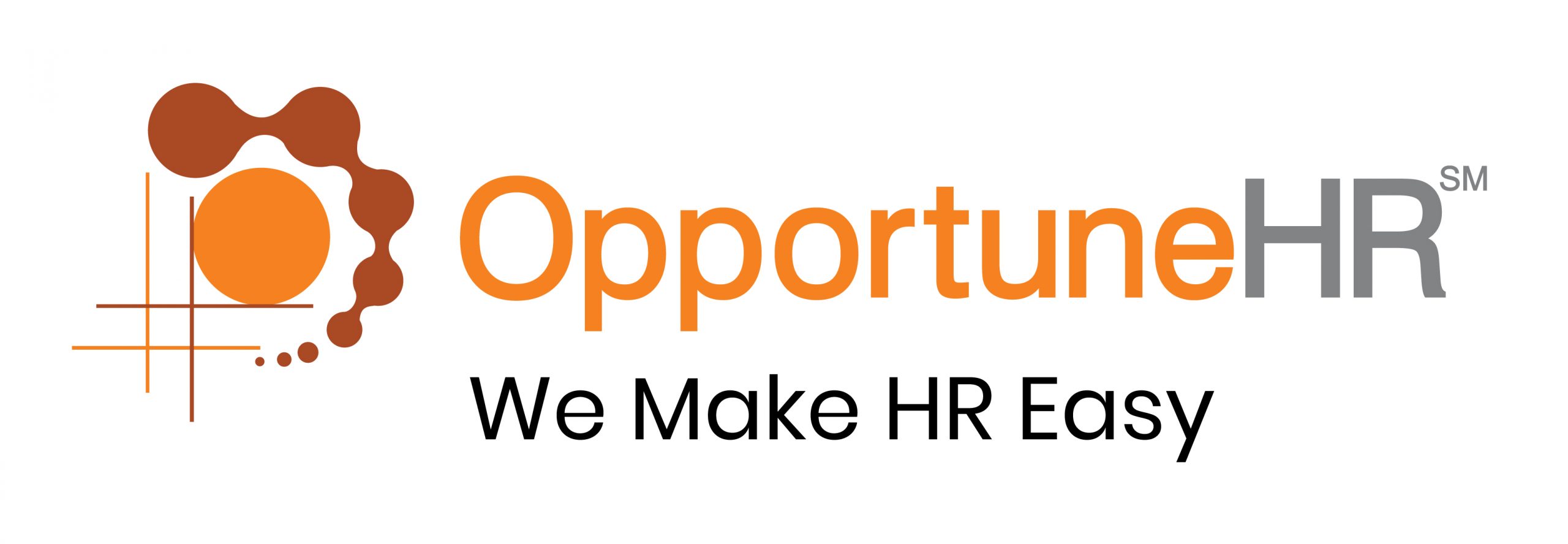An interesting conversation took place between Mr Agrawal and his son, recently. His son has just finished his MBA from a premier institute. Mr Agrawal was picking his brains, how to modernise their family business.
When the son asked for HR data Mr Agrawal opened an Excel Sheet on his laptop. The son stopped him then and there.
‘Dad, no point in going into details, first you stop using these Excel Sheets for payroll purposes.’
Mr Agrawal felt bad. ‘Why, what’s wrong with it? We have been using these for years, and they serve us well.’
His son smiled. ‘Dad, what was good enough for yesterday isn’t good enough for the future. If we want to scale up our business we must shift cloud-based HR software.
Are you wondering why professional managers are so against using Excel sheets for payroll generation?
The short answer is, it is inefficient for complex payroll functions. It was OK when there weren’t good HR softwares available. Now when affordable and advanced HR software are available, it is a mistake to use these legacy tools.
Still need more reasons?
Here is a list of specific reasons why SMEs should stop using Excel sheets for payroll.
Lack of Automation and Scalability In Excel Sheets
Excel Sheets require manual data entry, which consumes valuable time, and also increases the risk of errors and inaccuracies.
With each new pay cycle, HR personnel need to input employee data, tax information, deductions, and other relevant details manually. This manual process slows down payroll processing. And almost always leads to human error.
For a stagnant organisation with a handful of employees, it is OK to stick to such a solution. For a growing business, or for organisations with fluctuations in their workforce size, manually updating Excel sheets becomes a cumbersome task.
The lack of automation in Excel makes it difficult to handle payroll complexities.
The fact is, many times businessmen don’t even know the mistakes creeping into their Excel data.
Excel Sheet Leads To Errors and Inaccuracies In Payroll Calculations
The formula-based calculations within an Excel sheet seem reliable at first glance; but these are prone to errors if not carefully reviewed and monitored.
A simple typo or misplaced cell reference can lead to significant miscalculations resulting in incorrect salary payments or tax withholdings.
When multiple individuals have access to an Excel sheet (Often without proper version control measures in place), there is a high probability of accidental changes or deletions that go unnoticed until it’s too late.
Excel spreadsheets are susceptible to formula errors, misplaced data, and inadvertent changes. These errors can result in incorrect salary calculations, tax deductions, and employee benefits, causing dissatisfaction among employees and potential compliance issues.
Longer Payroll Processing Time
Excel sheets require manual data entry at every step of the payroll process – from entering employee information to calculating wages and generating payslips. This manual labour consumes valuable time that could be utilized for more strategic HR initiatives.
The lack of automation leads to a longer turnaround time for payroll processing, especially when dealing with large volumes of data. This delay not only affects employee satisfaction but can also hinder the overall operational efficiency of the organisation.
Inefficiency in Handling Complex Payroll Requirements
As businesses grow or face changing regulations, payroll requirements become more complex. Excel sheets often lack the necessary features and flexibility to handle these complexities.
For instance, handling multiple pay rates, shift differentials, overtime calculations, and various deductions can become a nightmare when relying solely on Excel.
In such cases, HR personnel are forced to create convoluted workarounds within the limitations of Excel’s functionality. This increases the chances of errors. And adds unnecessary complexity to an already challenging process.
Excel does not have built-in validation rules.
In Excel, there is no automated system to catch and flag errors. That’s why it needs multiple checking and rechecking cycles. And even then payroll executives aren’t completely sure.
Why take chances? Shift to a cloud-based HR and payroll software.
Limited scalability and reporting capabilities
Excel has limitations in handling large volumes of payroll data and generating complex reports. It does not provide the necessary insights for decision-making or meet the reporting requirements of regulatory authorities.
Inadequate Security Measures for Sensitive Employee Data
Excel sheets offer limited security options when it comes to safeguarding sensitive employee information. Unauthorized access or accidental sharing of confidential data leads to severe consequences such as identity theft or privacy breaches.
Excel files are often stored locally on individual computers without proper backup procedures in place. This lack of centralized data storage poses a significant risk if a computer crashes or gets stolen, potentially resulting in permanent loss of critical payroll information.
While Excel sheets might have served as a convenient tool for basic spreadsheet calculations in the past, they are no longer suitable for managing complex payroll processes efficiently and securely.
Dependency on Employees
Often the data is scattered all over. And only one or two payroll executives know their location and roundabout ways of getting them to work. When these people are not around everything comes to standstill.
See why SMEs should switch from Excel to online payroll controllers
Shift To Cloud-based HR software!
Once you shift to a cloud based HR software you will wonder why you stuck to Excel Sheets for such a long time.
HR software like OpportuneHR provides you with the facility of a payroll controller dashboard. All the calculations are automatic. And complex rules are built into the system, so you can depend on it.
Experience the power of one click payroll generation, and you will recommend it to others too.
The compliance and regulatory requirements are updated automatically in our SME HRMS software. You get all the reports and analytics in the formats required.
And yes, all your employees have their own dashboard where they can access their salary and benefit information. And can generate their salary slips.
So, make a change today.
Because what was good for yesterday isn’t good enough for today!








